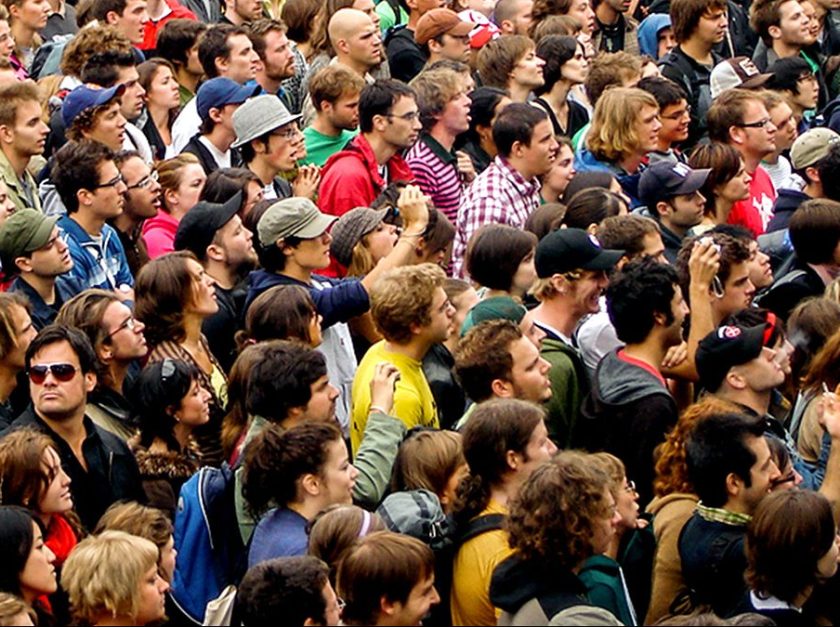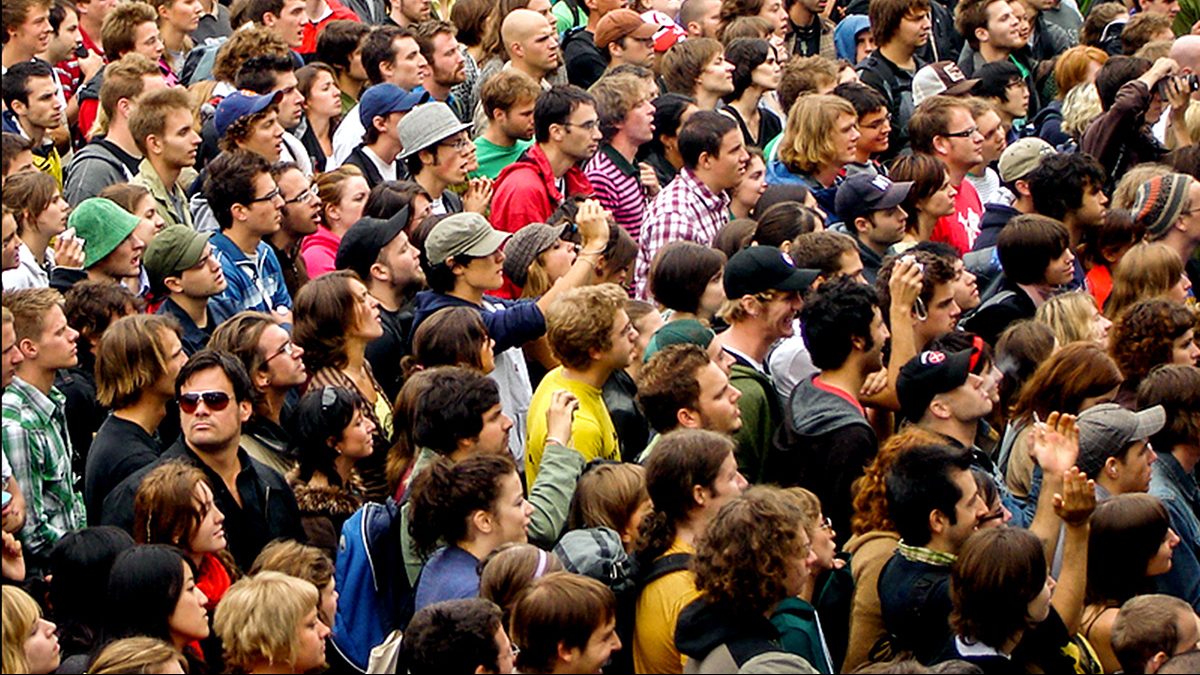
The next time some young whippersnapper tells you that your memory’s on the fritz because you’re getting old, use this as a comeback: Actually, we get better at recognizing faces as we get older.
Per a newly released study from Stanford University, this memory-building exercise starts when you’re a child and peaks at the age of 30, and focuses on brain tissue growth in the region of the brain where facial recognition occurs. Its results will help scientists better study human evolution; the act of a recalling someone’s (or something’s) face was a survival tool back in those days. In other words, the more readily you recognized a big, unfriendly beast’s visage, the better your chances were of survival.
What makes the study so surprising is that scientists have long believed that a human’s brain development over their lifetime was due to “synaptic pruning.” Stanford psychologist Kalanit Grill-Spector, who headed up the study, notes that
“It’s quite surprising that this part of the brain continues to develop and change after infancy and into adulthood … especially when just 2 centimeters away, in the place-recognizing region, this doesn’t occur.”
The study was performed over a 10-year period, and the team only just reported in January 2017 that, in terms of facial recognition, the adults they studied had 12 percent more brain tissue volume than the children studied.
Read the full study here.
—RealClearLifeStaff
This article was featured in the InsideHook newsletter. Sign up now.
























